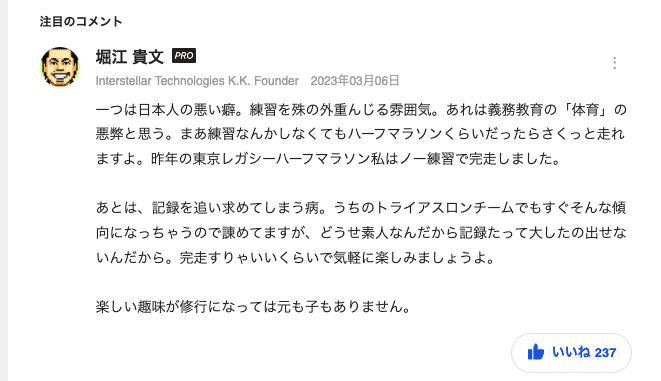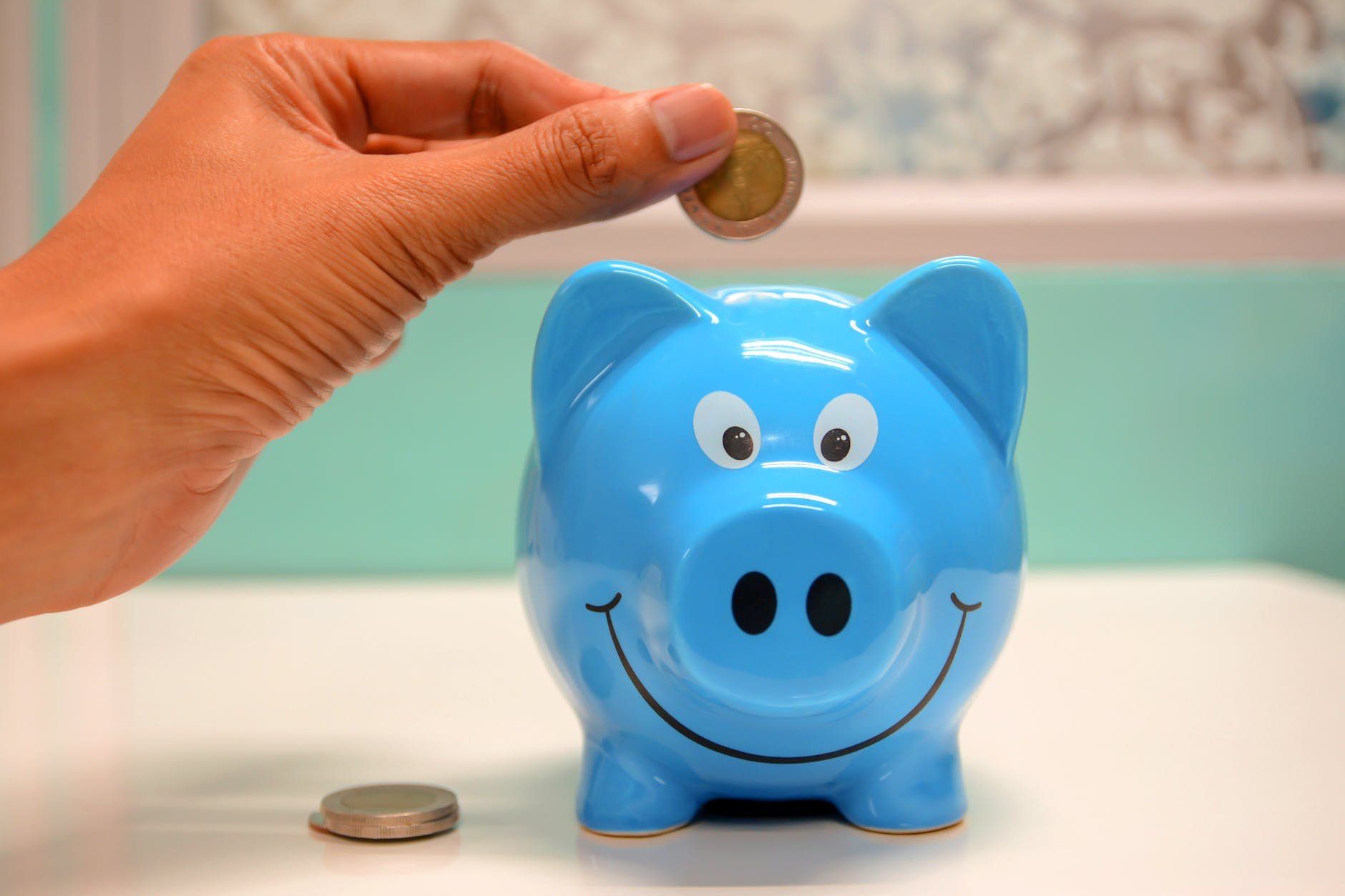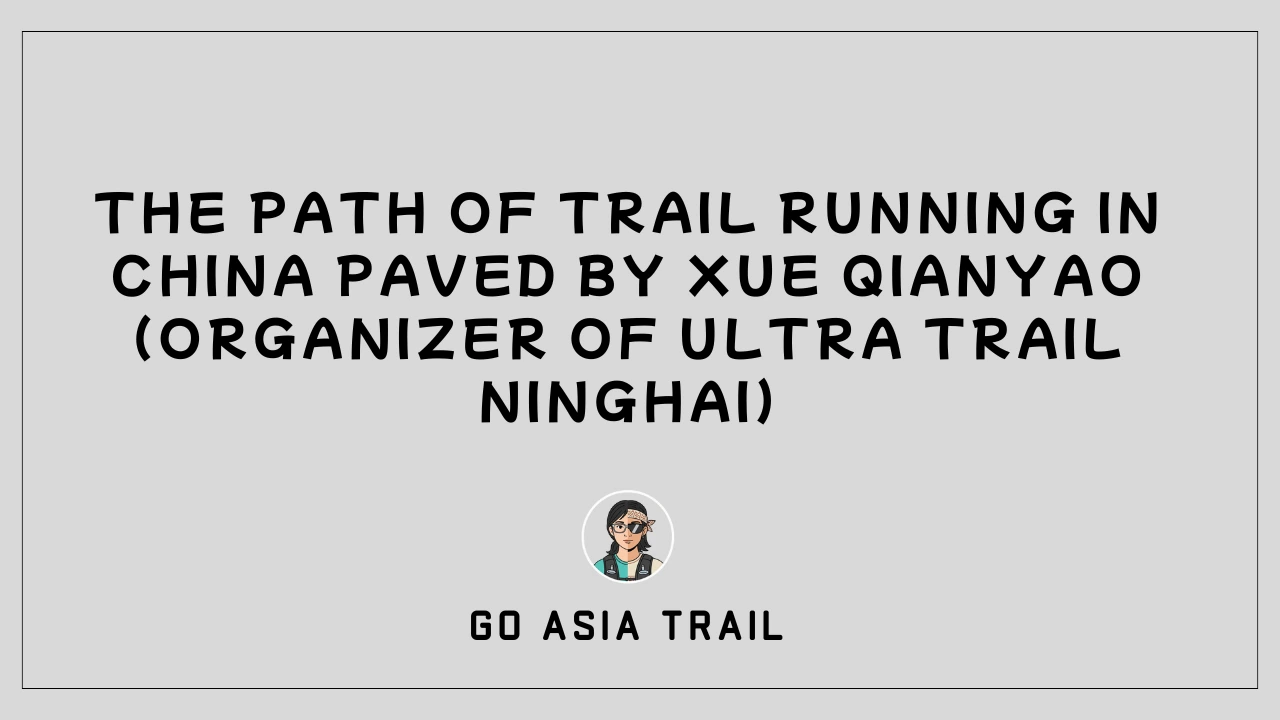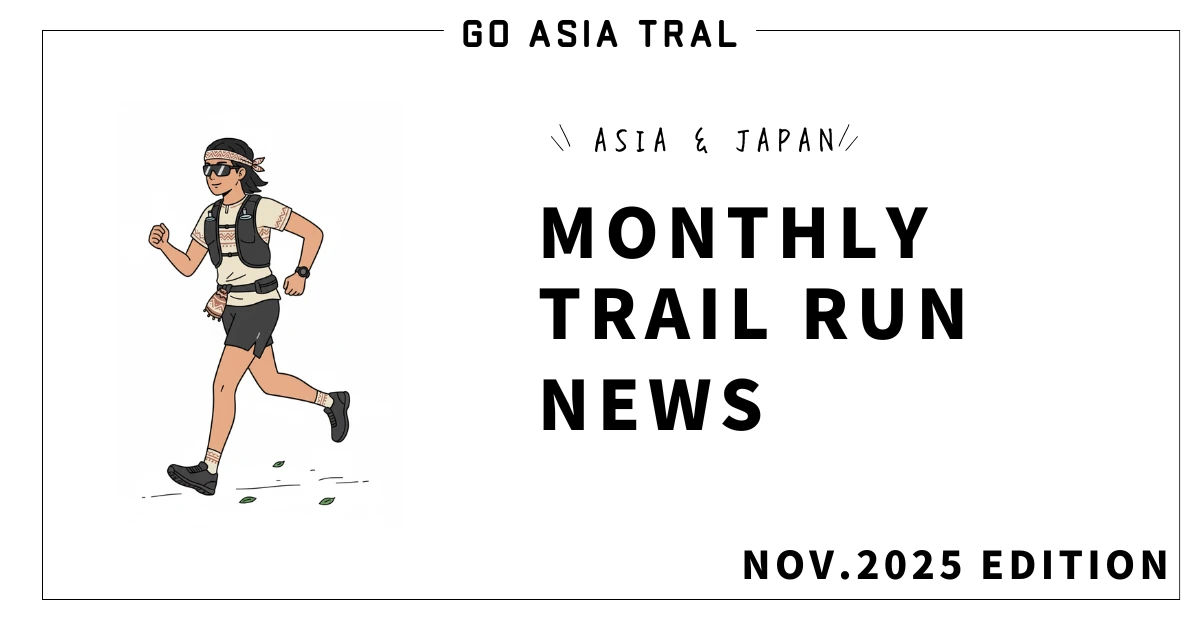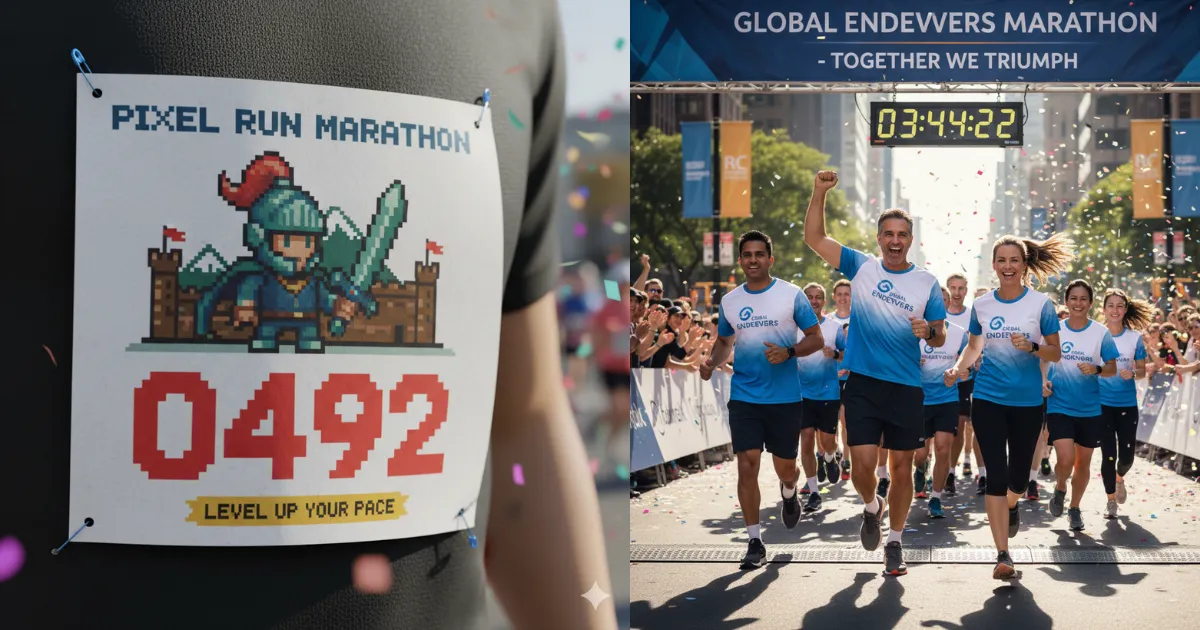Prior to the coronavirus, entry to any marathon was by lottery, and it was not always possible to run. However, when the new coronavirus raged around the world in 2020, marathons around the world were either cancelled or drastically scaled back (for elite runners only), and I suspect that the opportunities to run a marathon were greatly reduced for the next three years.
Even the local Osaka Marathon, which I recently participated in (February 26, 2023), had a second call for entries because it was below capacity (with a ratio of 0.77). The Osaka Marathon, which originally had a multiple of 4 or more, is the second largest marathon after the Tokyo Marathon, but "even the Osaka Marathon is under capacity. In addition, after the Osaka Marathon was over, a questionnaire e-mail was sent from the Osaka Marathon side, in which there was a section regarding the capacity shortage this time, and it seemed that the event management was taking the situation very seriously.
Background of the Failure of the Marathon
The following is a summary of the various reports.
Race entry costs have increased (1.5 to 2 times).
Higher cost of running shoes, GPS watches, and other gear
The possibility that the race may be cancelled at the last minute depending on the corona infection status, which discourages people from entering the race.
The above reasons have combined to make the sport less accessible to the casual runner, and the fun-runners have left the sport.
The reason for the high cost of race entry is the additional cost of security and new corona countermeasures due to the 2013 Boston Marathon bombing, which has made the race more expensive. In the case of the Osaka Marathon 2023, the entry fee is now 23,000 yen plus a charity fee (500 yen per unit), a fee similar to that of a 100 km trail race overseas, which is about twice as high as in the past.
Also, due to the impact of the new coronavirus, which will continue from 2020, many events have refrained from holding marathons, and some events have been canceled at the last minute and the entry fees have not been returned. I think this is due in part to the fact that the marathon was cancelled just before the event and entry fees were not returned.
This can also be read from the results of Yuhki Kawauchi's Twitter survey.
https://twitter.com/kawauchi2019/status/1574917493222961152
When I started running (2008), the entry fee for a full marathon was around 5,000 yen. The Fukuchiyama Marathon in Kyoto, which was the first marathon I ran in my life, also cost around 5,000 yen. Nowadays, the entry fee for the Fukuchiyama Marathon is 10,000 yen, and it has become more expensive. Incidentally, the Fukuchiyama Marathon in November 2022 had 3,800 applicants for a capacity of 10,000, which is a pretty bad situation... Even in Osaka, the number of applicants was 0.77, so the situation is more pronounced in the rural areas where the capacity is not being filled.
https://mad.doorblog.jp/archives/52885645.html
Compared to other sports, for example, in badminton, entry for singles is 3,500 yen per event. Then, I realize that marathon has become a celebrity sport...
http://oscbr.minibird.jp/renrakuzikou.html
Although it is said to be more expensive due to the higher performance of gears. ・・・・
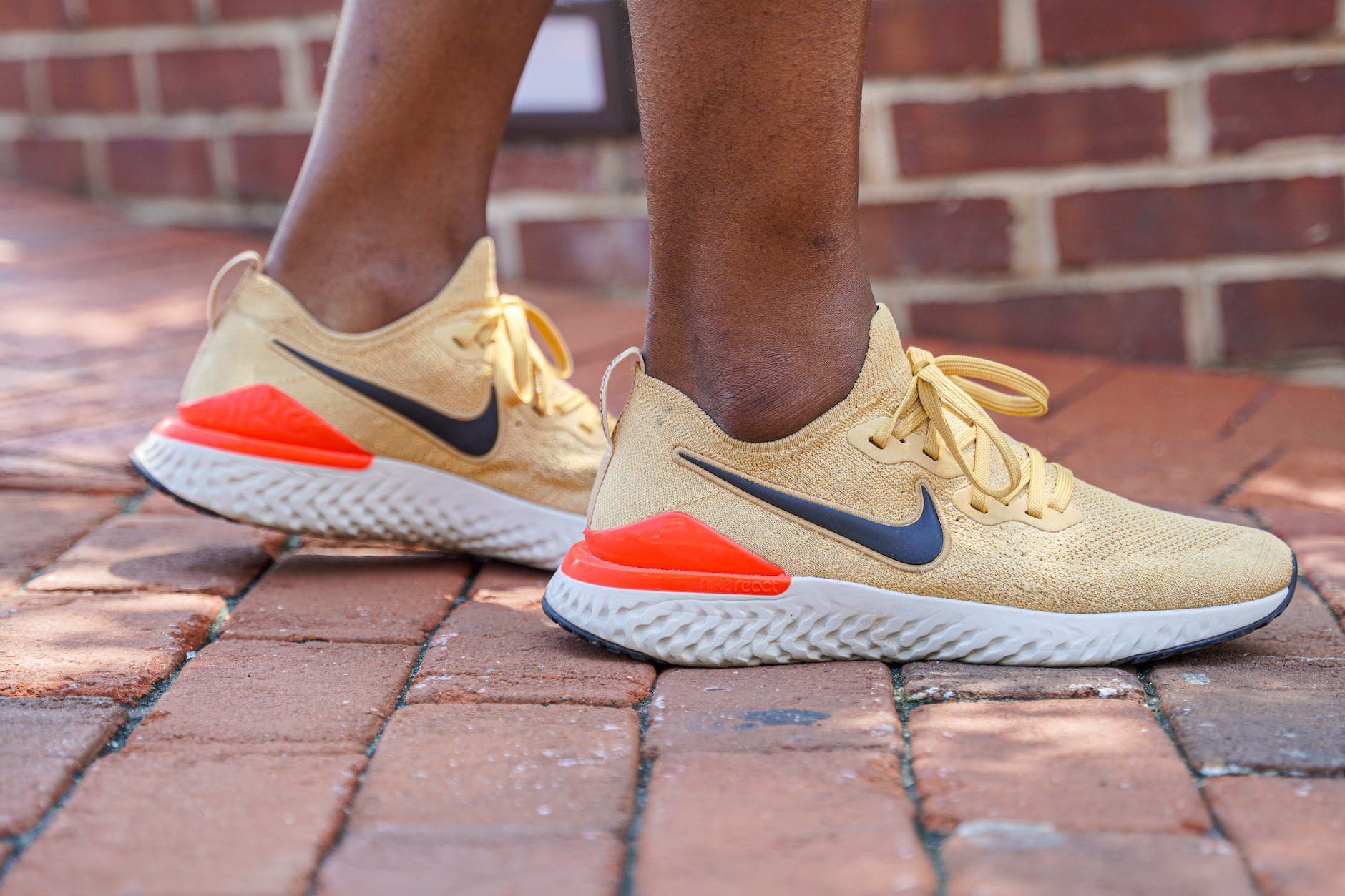
What is also said in the press is that gear such as shoes, clothing, and GPS watches are becoming more expensive.
It is true that since the introduction of Nike's thick-soled carbon shoes, the prices of high-end models have become unthinkable 10 years ago, with prices of 30,000 yen or more. In line with this, rivals ASICS and Adidas have also introduced similar models, and shoes priced at 20,000 yen or more are not uncommon.
However, I think this is misleading. While it is true that thick-soled carbon shoes are extremely expensive, conventional shoes are a bit more expensive due to the consumption tax hike, soaring raw material costs, and the weak yen. The ASICS Tartar series is also somewhat more expensive than 10 years ago, at 15,400 yen, but can be purchased on Amazon for less than 10,000 yen.
It is just that a new category of shoes called "thick-soled carbon shoes" has emerged, which is driving up the price, but conventional shoes do not seem to have skyrocketed to that level. This is also true for GPS watches. Although there are GPS watches that cost more than 100,000 yen due to their high functionality, I think that GPS watches made by Chinese manufacturers such as Xiaomi and Amazfit are still functional enough for GPS measurements.
There are also low-priced running shoes available, such as Decathlon, Workman, and Taiwan Sandals. Workman, in particular, sells thick-soled carbon shoes for an astonishing ¥2,900. However, for those who want to run as fast as possible, it seems like money buys time to some extent, and they are buying shoes that cost 20,000 to 30,000 yen. These are the stiffs, so I think they will run even if the entry cost is a little high.
However, personally, I don't think there is necessarily a need to wear such expensive shoes and gear when it comes to gear. Those who can really run will be able to run the 42km barefoot or even with sandals, and it's a bit like "Kobo hyo brush is not the best choice. There are even people who have achieved personal bests and sub-3s wearing the Taiwanese sandals I mentioned the other day, so I don't think it's necessarily the shoes that get the results, but rather the culmination of the runner's own training and care in the end.
As for overseas marathons...
I also looked into the situation of overseas marathons.
Taipei Marathon
As for the Taipei Marathon (December 18, 2022), the call for entries was originally until September 2, 2022, but it appears that they extended entries until October 11. I have run the Taipei Marathon in 2016, but that time it was oversubscribed and a lottery was held, which I successfully won. In the case of Taiwan, regarding the original deadline of 9/2, I think there were circumstances that prevented them from attracting more participants from overseas, since the significant relaxation of waterfront measures had not yet been finalized.
As for the entry fee, the entry fee for the 2022 event is NT$2,000 (about ¥8800 at the current exchange rate). Incidentally, the entry fee for the 2016 event was NT$1,500 (about 4,000 yen at that time, or about 6,600 yen at the current exchange rate. The yen was weak~~w). The low cost of living may have had some influence, but perhaps overseas marathons are able to lower the entry fee because of the large amount of money from sponsors (good business!). .
The Taipei Marathon offered more luxurious prizes than Japanese marathons, and in addition to the tank top (made by Adidas), participants were given a T-shirt (made by Adidas) for finishing the race, as well as snacks, fruit, and even a box lunch, which was enough to eat as a regular lunch.
Hong Kong Marathon
As for the Hong Kong Marathon (February 12, 2013), 37,000 people entered all events (full, half, 10 km, and wheelchair), and 34,783 actually ran, or 94% of runners actually ran. Despite its seeming success, the Hong Kong Marathon, originally a marathon for 60,000 runners, will be held on a reduced scale in FY2023. This reduction in the number of runners was probably done as part of measures to prevent infectious diseases.
The entry fee for the full marathon is US$90 (for overseas residents), and US$70 for the 2019 event, which is higher due to the reduced number of participants. However, compared to urban marathons in Japan, the fee is about half the price of a marathon in Japan.
Considering that the cost of living in Hong Kong and Japan (Tokyo) is about the same, the marathon fee is set low. This is probably due to the high percentage of revenue from sponsors.
HONG KONG, 12 February 2023 - The 25th Standard Chartered Hong Kong Marathon wassuccessfully concluded today. With the return of overseas runners, this 'M' Mark mega sports eventmade a roaring comeback to the city. Among the 37,000 registered runners, 34,783 Among the 37,000 registered runners, 34,783 runners showed up at the Start, with the overall attendance rate achieving a record high of 94%. Runners from Kenyaand Ethiopia were crowned champions in the Men's and Women's Marathons respectively. https://www. hkmarathon.com/wp-content/uploads/2018/07/25th-Standard-Chartered-Hong-Kong-Marathon-roars-to-success.pdf
Now, will runners return to the marathon ...
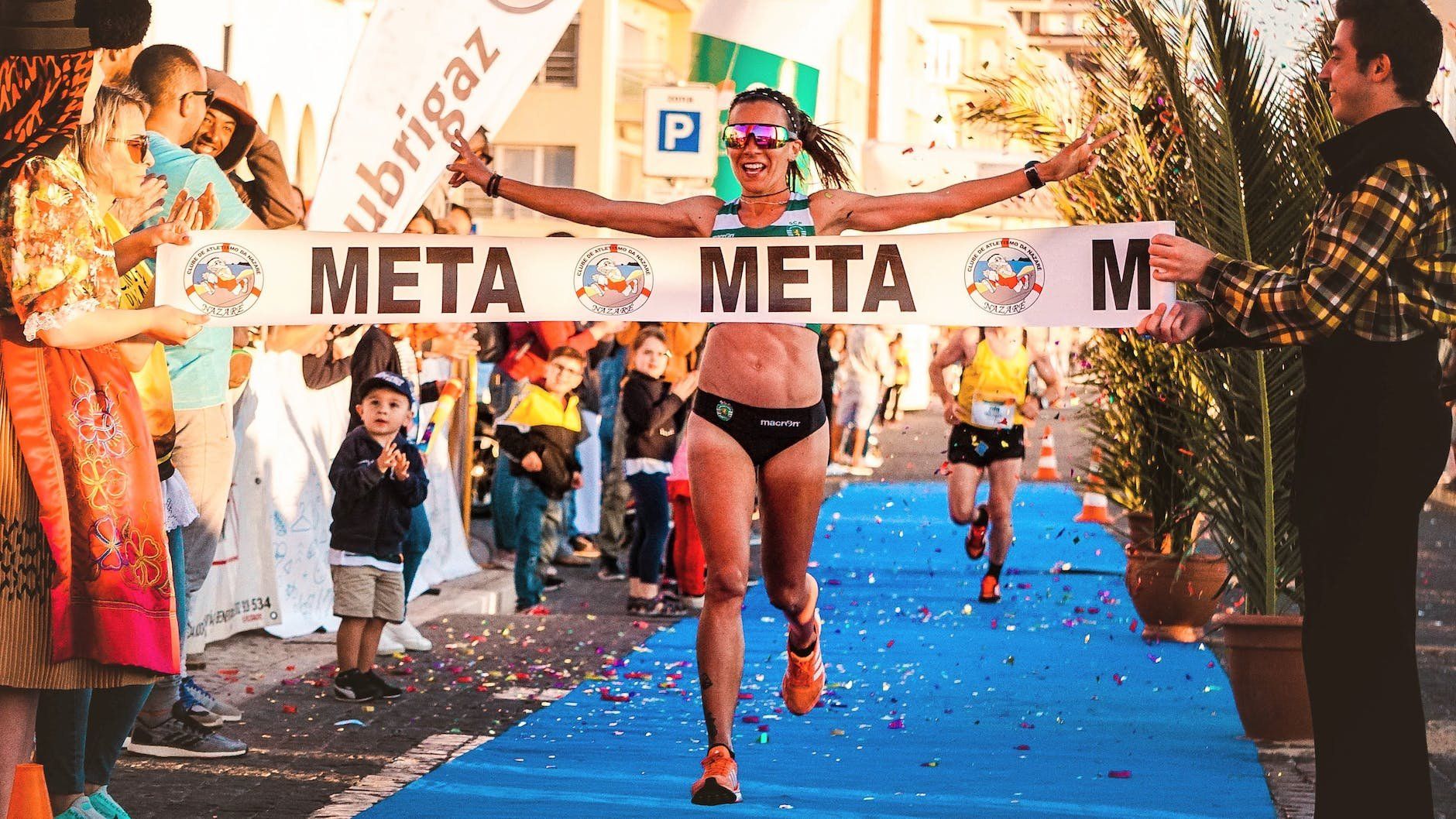
I myself think they will come back in the long run.
I think the biggest bottleneck was the lack of motivation to run a marathon, since they had almost no opportunity to run a race for 3 years. 3 years without a race, I think it becomes a habit, and it becomes a chore.
Then, of course, there is the cost aspect, but I suspect that the entry fee will probably go down, at least for next season. Coronavirus will also be lowered to the equivalent of category 5 starting in May 2023, and will effectively be treated the same as seasonal influenza. Therefore, there will be no need to be as strict with infection control measures as there were this season.
One concern is what will happen to local marathons. Bigger events like the Tokyo and Osaka marathons are easier to attract, and the participation of runners from overseas will not be a problem, probably because the Chinese will be coming next season.
However, for local events like the Fukuchiyama Marathon in Kyoto, it is expected that without some measures, it will become difficult to attract runners and eventually disqualify the event itself. In addition, the aging of the organizers has recently made it difficult to run the event itself. 。。。。 This is not limited to road races, but there have been cases of trail races that have ended due to aging organizers, so it is inevitable that a certain amount of elimination will occur.
Also, in Japan, people tend to think of marathons as "records and speed," but overseas, marathons are held in a more relaxed atmosphere with a more festive feel. In Asia, the heat makes it difficult to set records, but from what I have seen, I would like to see Japanese runners change their perspective a little so that they can create an atmosphere of "finishing the race rather than setting records, and above all, having fun.
Finally, a Japanese famous businessman Takafumi Horie (Horiemon) made some pertinent comments in the following link, which was used as a reference for this article.
